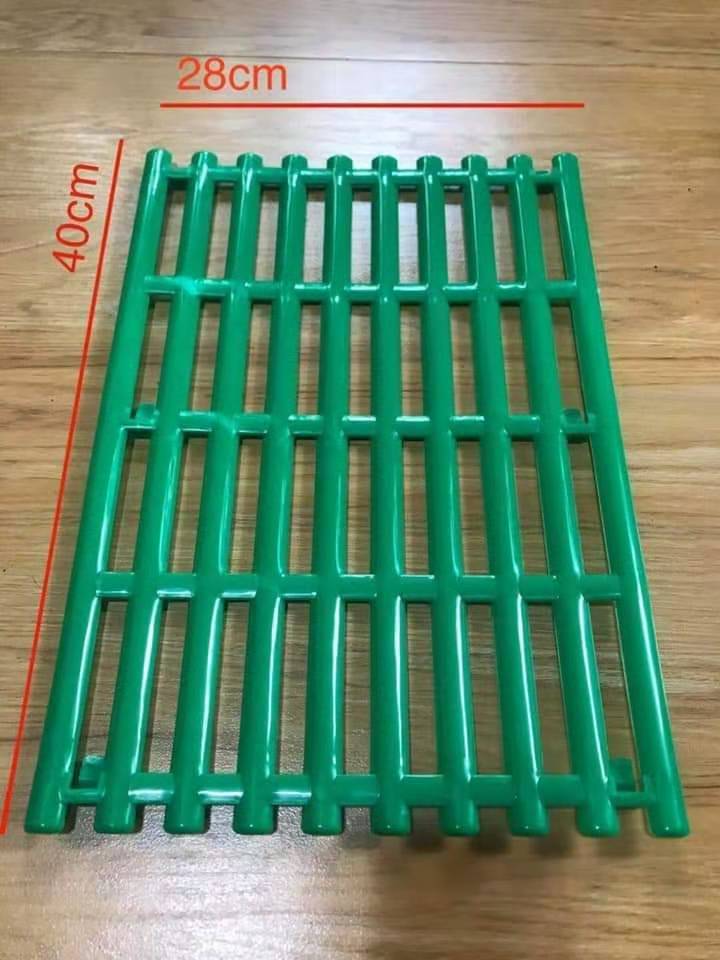pellet machine for chicken feed
ធ្នូ . 11, 2024 07:11 Back to list
pellet machine for chicken feed
Understanding Pellet Machines for Chicken Feed Production
In the poultry industry, the importance of feed quality cannot be overstated. Proper nutrition is vital for the health and productivity of chickens, and this is where pellet machines for chicken feed come into play. These machines not only enhance the quality of feed but also improve feed efficiency, ultimately leading to better growth rates and overall flock performance. In this article, we will explore the functionality, benefits, and considerations when selecting a pellet machine for chicken feed production.
What is a Pellet Machine?
A pellet machine, also known as a pellet mill, is a piece of equipment that compresses raw materials to form pellets. The machine utilizes a die and rollers to transform feed ingredients into uniform pellets, which are easier for chickens to digest. The process involves grinding the raw materials into a fine powder, mixing in other ingredients like vitamins and minerals, and then heating the mixture to create the pellets.
Benefits of Using Pellet Feed for Chickens
1. Improved Feed Conversion Ratio Chickens are known to have a higher feed conversion efficiency when consuming pelleted feed. The uniform size and density of pellets allow for better intake, leading to improved growth rates.
2. Reduced Feed Wastage Pellets minimize feed wastage compared to loose feed. Chickens are less likely to sort through feed, ensuring that they consume all the necessary nutrients.
3. Enhanced Digestion The pelleting process enhances the digestibility of feed. Heat generated during pelleting can help break down anti-nutritional factors present in some raw materials, allowing for better nutrient absorption.
4. Consistent Nutritional Profile Pelleting helps ensure that each pellet contains a consistent level of nutrients. This uniformity is crucial for maintaining flock health and optimizing production.
5. Storage and Handling Efficiency Pelleted feed is easier to store and handle compared to bulk powders. Pellets take up less space and are less prone to spoilage and contamination.
pellet machine for chicken feed

Choosing the Right Pellet Machine
When considering a pellet machine for chicken feed production, several factors come into play
1. Capacity Evaluate the production capacity required for your operation. Small-scale producers may opt for smaller machines, whereas larger operations may need high-capacity mills that can produce several tons of pellets per hour.
2. Power Source Pellet machines can be powered by electric motors, diesel engines, or even tractors. The choice depends on the availability of power sources in your region and your production needs.
3. Material Compatibility Ensure that the pellet machine you choose can handle the specific ingredients you plan to use. Different materials may require different processing techniques, and not all machines are versatile.
4. Ease of Cleaning and Maintenance A machine that is easy to clean and maintain will save time and ensure the longevity of the equipment. Look for models with features that facilitate maintenance.
5. Cost While investing in a pellet machine can be a significant expense, consider the long-term savings achieved through improved feed efficiency and flock health. Conduct thorough research to find a machine that offers the best balance between cost and features.
Conclusion
In conclusion, a pellet machine for chicken feed production is a valuable investment for poultry farmers seeking to improve feed quality and efficiency. The benefits of pelleted feed, including better digestion, reduced wastage, and consistent nutrition, make it a preferred choice in the industry. By carefully considering factors such as capacity, power source, and material compatibility, farmers can select the right pellet machine that meets their specific needs and enhances their poultry operations. As the poultry industry continues to evolve, the adoption of advanced feeding technologies like pellet machines will play a crucial role in promoting sustainable and productive poultry farming.
-
Automatic Feeding Line System Pan Feeder Nipple Drinker-Anping County Yize Metal Products Co., Ltd.
NewsJul.30,2025
-
Automatic Feeding Line System-Anping County Yize Metal Products Co., Ltd.|Durable Construction&Easy Maintenance
NewsJul.30,2025
-
Automatic Feeding Line System-Anping County Yize Metal Products Co., Ltd.|Pan Feeder Nipple Drinker&Durable Poultry Farming Solution
NewsJul.30,2025
-
Automatic Feeding Line System Pan Feeder Nipple Drinker|Anping County Yize Metal Products Co., Ltd.
NewsJul.29,2025
-
Automatic Feeding Line System-Pan Feeder Nipple Drinker|Anping County Yize Metal Products Co., Ltd.
NewsJul.29,2025
-
Automatic Feeding Line System - Pan Feeder Nipple Drinker|Broiler Farming Equipment
NewsJul.29,2025






